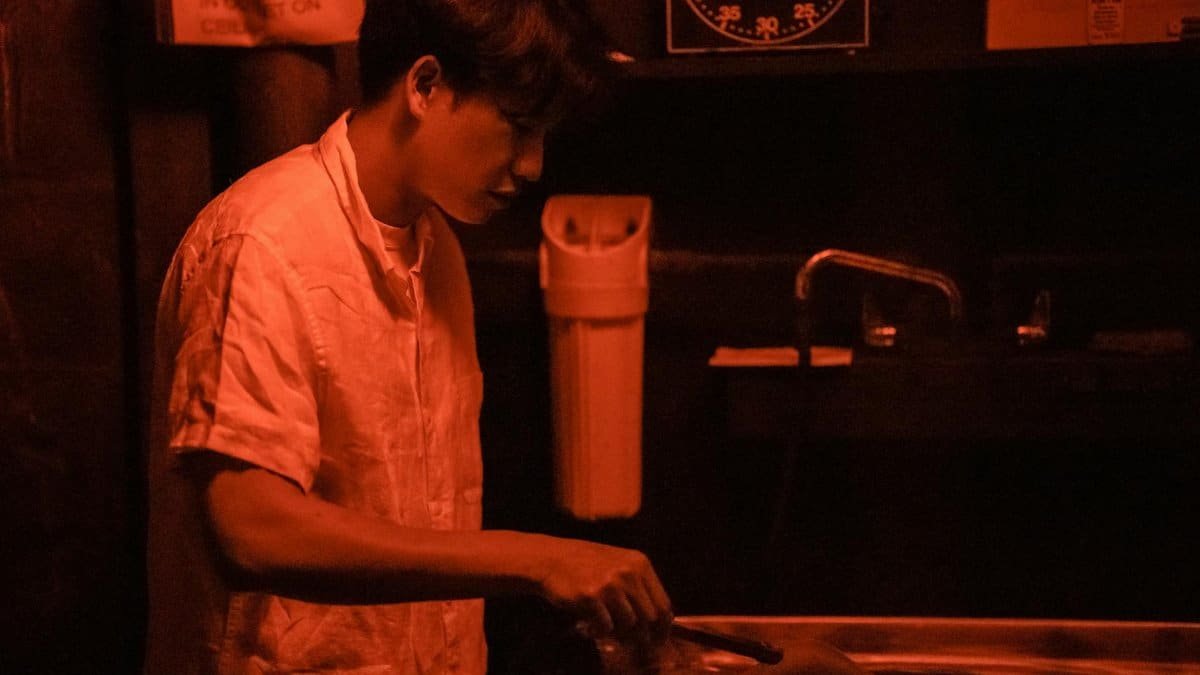A recent study from the National Institutes of Health found that nearly 40% of American adults now incorporate some form of breathing techniques into their wellness routines, a sharp rise from just 15% a decade ago. This surge reflects a growing recognition of breathwork’s power to combat the relentless pace of modern life. In bustling cities like New York and Los Angeles, people from all walks of life are turning to these practices not as fleeting trends, but as essential tools for mental clarity and emotional resilience. What drives this shift? For many, it’s the promise of profound changes—subtle yet transformative—that ripple through daily existence. Breathing techniques, rooted in ancient traditions yet backed by contemporary science, offer a simple way to recalibrate the body and mind. As stress levels climb in 2025, understanding these methods feels more relevant than ever.
The Science Behind Breathing Techniques

Breath is more than a basic function. It shapes how the body responds to stress. Researchers have long explored this link. At Harvard Medical School, studies show that controlled breathing activates the parasympathetic nervous system. This calms the fight-or-flight response. One key finding: deep diaphragmatic breathing lowers cortisol levels. That’s the hormone tied to anxiety.
Imagine a busy executive in Chicago, pausing amid a hectic day. She inhales slowly for four counts, holds, then exhales. Her heart rate steadies. Science supports this. A 2020 study in the Journal of Clinical Psychology detailed how such practices reduce symptoms of generalized anxiety disorder. Participants reported feeling more grounded after just weeks of practice.
Yet, it’s not all straightforward. Some experts note individual variations. What works for one might not for another. This nuance adds depth to the conversation around breathing techniques. For reliable insights, turn to sources like the National Center for Biotechnology Information, which hosts peer-reviewed research on breathwork’s physiological effects.
Everyday Applications for Stress Relief

Stress creeps in quietly. A traffic jam. A looming deadline. Breathing techniques cut through that noise. Start with the 4-7-8 method, popularized by Dr. Andrew Weil. Inhale for four seconds, hold for seven, exhale for eight. Simple, yet effective.
Consider Sarah, a teacher in Atlanta. Mornings overwhelmed her. “It was like drowning in tasks,” she shared in an online reflection. She began practicing box breathing during her commute. Square inhales and exhales. Soon, the chaos felt manageable. Her story echoes many: breath becomes an anchor.
But why does it work? It interrupts rumination. A report from the American Psychological Association highlights how mindful breathing shifts focus from worries to the present. In 2025, with remote work blurring boundaries, these tools gain urgency. Explore more at the American Psychological Association’s mindfulness resources.
Of course, consistency matters. Sporadic attempts yield little. Build it into routines, like pairing it with coffee breaks. Over time, the relief compounds.
Breathing for Better Sleep

Nights can stretch endlessly when sleep evades. Breathing techniques offer a gentle nudge toward rest. Progressive relaxation, for instance, involves tensing and releasing muscles while focusing on breath. It signals the body to unwind.
One evening in Seattle, a software engineer lay awake, mind racing. He tried alternate nostril breathing, a yogic practice. Left nostril in, right out, and vice versa. Within minutes, his thoughts quieted. Such anecdotes align with research from the Sleep Foundation, showing breathwork improves sleep quality by reducing arousal.
Dive deeper, and patterns emerge. Insomnia often ties to shallow breathing. Intentional deep breaths promote relaxation. A study published in JAMA Internal Medicine found that participants using breathing exercises fell asleep faster. For those skeptical, the evidence builds. Check the JAMA Network for detailed findings.
Still, it’s no magic fix. Combine it with good habits, like dimming lights early. The real shift? Waking refreshed, ready for the day.
Enhancing Focus and Productivity

In a world of constant pings, focus feels elusive. Breathing techniques sharpen it. Try the technique of coherent breathing: five breaths per minute. It synchronizes heart and brain rhythms.
A freelance writer in Denver recalled her breakthrough. Amid distractions, she adopted this rhythm. “Suddenly, ideas flowed without the usual fog,” she noted anonymously in a public forum. Productivity soared. This isn’t isolated; studies back it.
From the University of California, research indicates breath control boosts cognitive function. Attention spans lengthen. In professional settings, it’s a game-changer. As hybrid work evolves in 2025, these methods could redefine efficiency.
But challenges arise. Distractions test commitment. Start small, perhaps during email checks. The payoff? Clearer thinking, fewer errors. For more, visit UC Berkeley’s Greater Good Science Center.
Emotional Healing Through Breath

Emotions can overwhelm. Anger flares. Sadness lingers. Breathing techniques provide a release valve. Holotropic breathwork, for example, uses rapid breathing to access deeper feelings.
Picture a group session in Austin. Participants breathe intensely, guided by a facilitator. Tears flow, insights surface. One attendee described it as “unlocking buried grief.” Such experiences highlight breath’s role in processing trauma.
Therapeutically, it’s gaining ground. The National Institute of Mental Health notes breath-based interventions aid emotional regulation. A 2018 review in Frontiers in Psychology supports this, linking breathwork to reduced depression symptoms.
Yet, caution is key. Intense practices can stir strong reactions. Seek guidance from professionals. When done right, the healing feels profound, fostering resilience amid life’s ups and downs.
Common Misconceptions and Challenges

Not everything about breathing techniques is straightforward. A big myth: it’s just for yogis or the spiritually inclined. In truth, anyone can benefit. Another: results come instantly. Often, they build gradually.
Challenges include forgetting to practice. Or breathing too shallowly out of habit. One man in Philadelphia admitted, “I thought it was hype until I stuck with it.” His persistence paid off, easing chronic tension.
Addressing these hurdles matters. Education helps. Resources from the Mayo Clinic debunk myths, emphasizing evidence-based approaches. As awareness grows, so does accessibility. In 2025, misconceptions fade, replaced by informed adoption.
Ultimately, patience transforms skepticism into belief. The journey reveals breath’s quiet power.
Getting Started: Simple Techniques

Ready to try? Begin with basics. Diaphragmatic breathing: place a hand on your belly, inhale deeply so it rises. Exhale fully. Repeat.
For variety, explore the 5-5-5 method: five-second inhale, hold, exhale. It’s portable, fitting into any moment. A nurse in Miami integrated it during shifts. “It kept me steady through long hours,” she reflected.
Apps and classes abound, but start solo. Track progress in a journal. Science from the Cleveland Clinic underscores starting small for lasting habits. Visit their health library for guided steps.
Remember, consistency trumps perfection. Small breaths lead to big changes.
Personal Stories of Transformation

Stories bring breathing techniques to life. Take Elena, a retiree in Florida. Post-loss, grief consumed her. Breathwork sessions shifted that. “It was like exhaling the weight,” she said. Now, she navigates days with renewed lightness.
Or consider a veteran in Oregon. PTSD shadowed him. Mindful breathing, learned through VA programs, offered peace. These narratives, drawn from real lives, illustrate profound shifts.
Collectively, they show breath’s universality. From coast to coast, people report similar awakenings: clearer minds, steadier emotions. In sharing, they inspire others to breathe differently.
Integrating into Daily Life

Making breathing techniques habitual takes intention. Tie them to routines. Morning coffee? Add a few deep breaths. Evening wind-down? Incorporate a guided sequence.
In families, it spreads. Parents teach kids simple exercises, fostering calm households. A study from Yale University explores this ripple effect, linking family breath practices to better emotional health.
Workplaces adapt too. Some companies offer breath breaks. As wellness trends evolve in 2025, integration deepens. The key? Adaptability. Make it yours, and watch the shifts unfold naturally.
